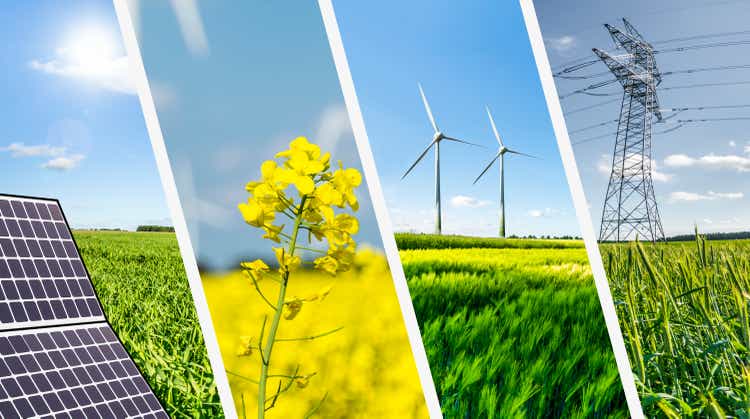GetYourPic/iStock via Getty Images
U.S. spending on renewable energy projects hit record levels last year, but the pace was still insufficient to meet the Biden administration’s goal of achieving a 40% reduction in greenhouse gas emissions by 2030, according to a new analysis published this week.
A joint report by researchers from Princeton University, Massachusetts Institute of Technology, Rhodium Group and the non-profit Energy Innovation said large clean energy installations for utilities are being slowed by permitting and grid interconnection delays as well as problems sourcing equipment, but sales of electric vehicles are meeting researchers’ forecasts.
Zero-emission vehicles accounted for 9.2% of light-duty sales in 2023, at the high end of a projected 8.1%-9.4% range, according to the report, which also expects EV sales growth this year will underperform last year’s 50% increase but would remain on track to meet U.S. climate goals if kept within 30%-40%.
Zero-emissions electricity generation and storage jumped 32% last year to 32.3 GW, but lagged the research groups’ models that said annual additions of 46-79 GW were needed.
According to the report, the U.S. must add 60-127 GW of capacity this year to stay on track, and beyond 2024, clean energy installations need to increase even more to 70-126 GW/year.
ETFs: (NASDAQ:ICLN), (NASDAQ:QCLN), (PBW), (PBD), (ACES), (CNRG), (ERTH), (SMOG), (TAN), (FAN)

